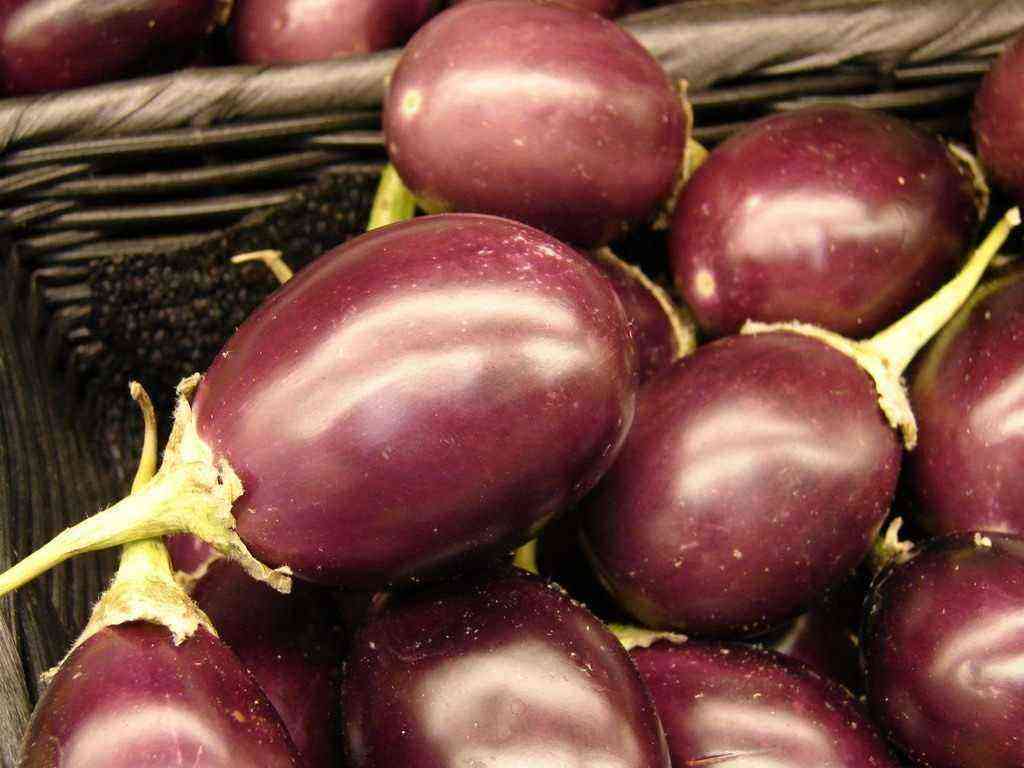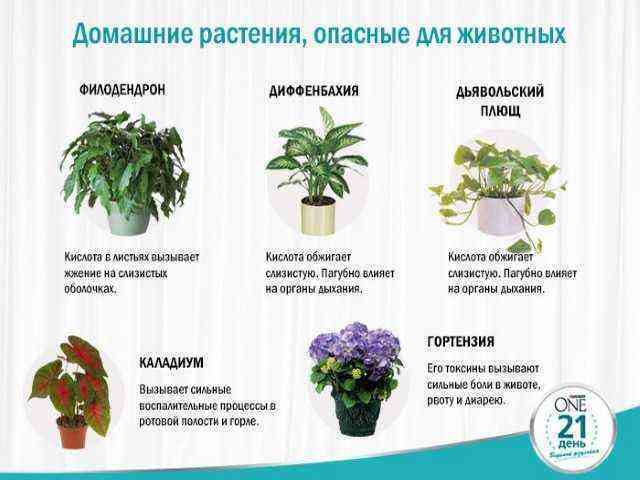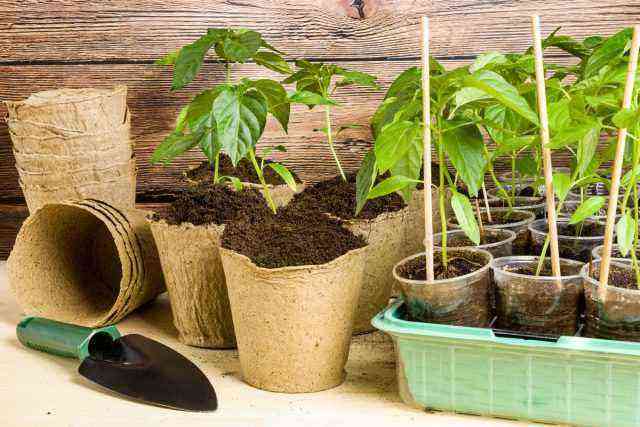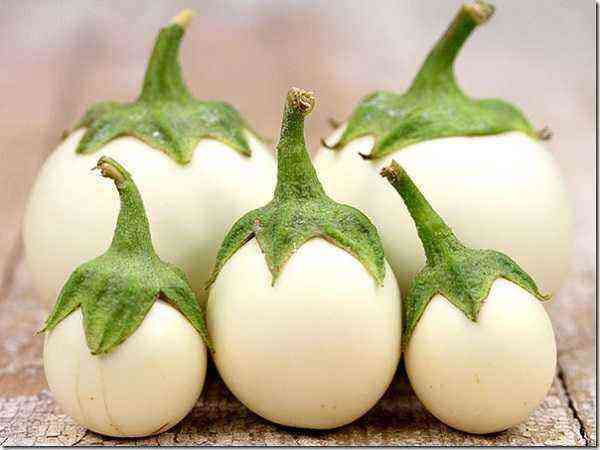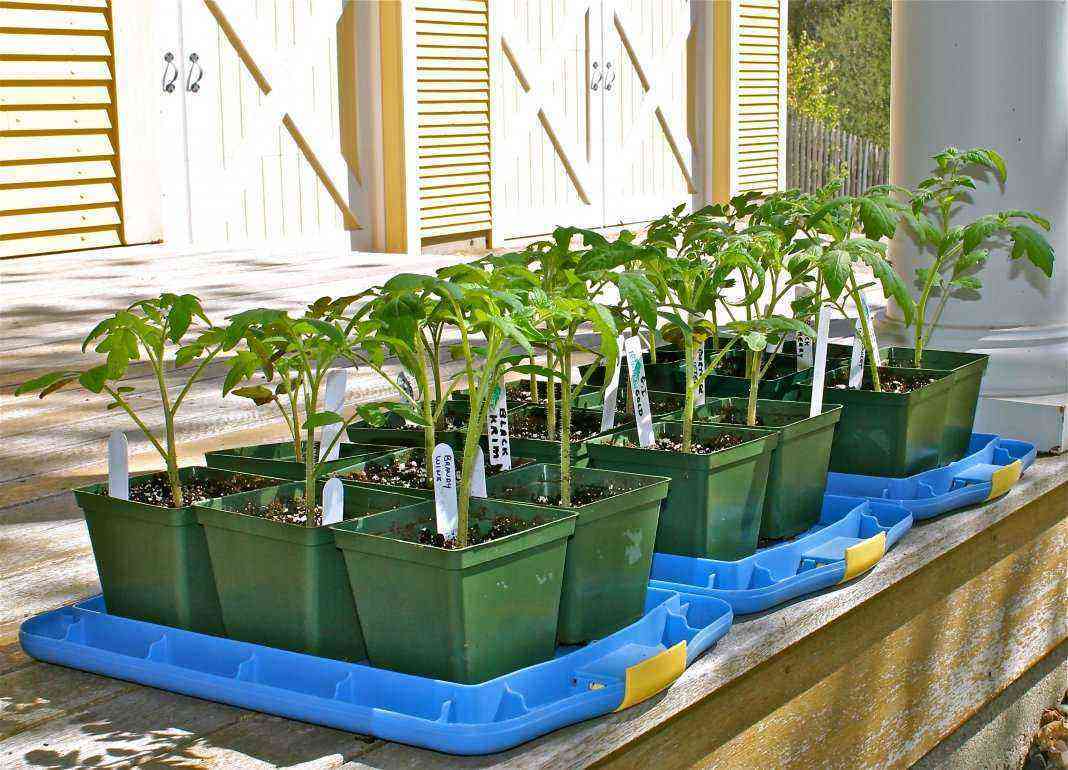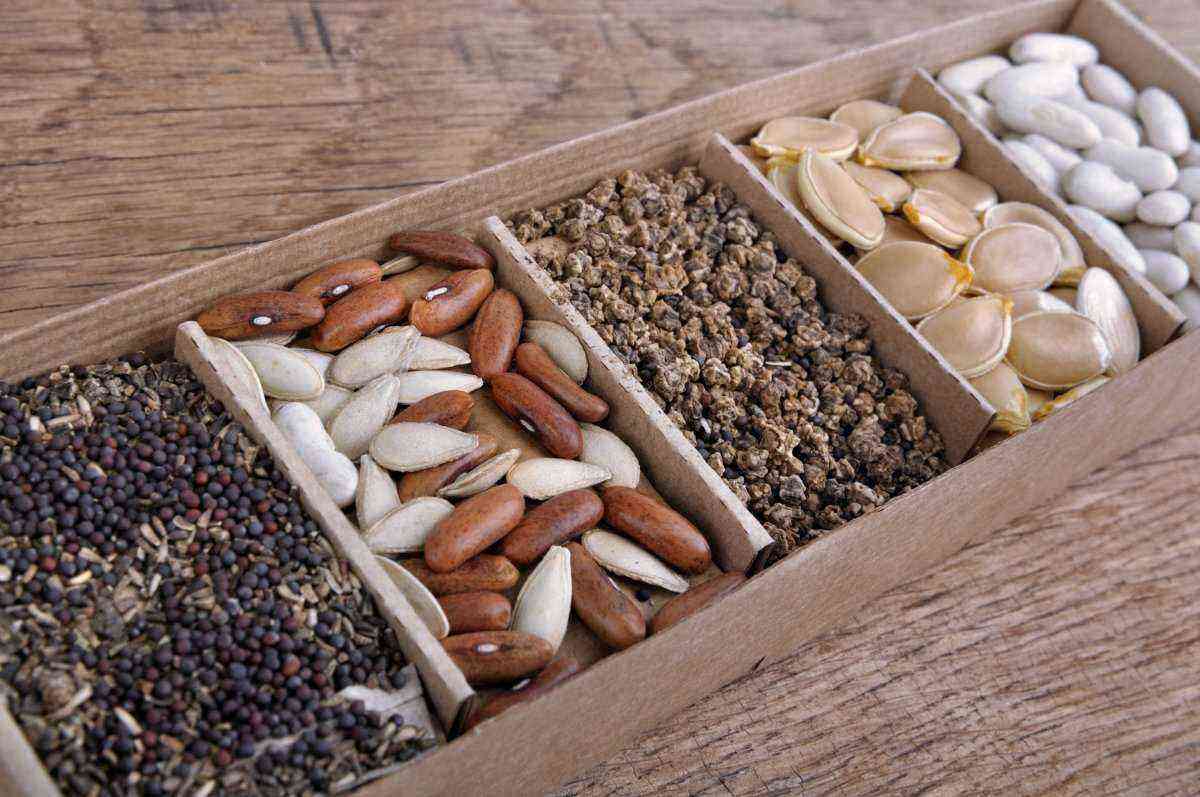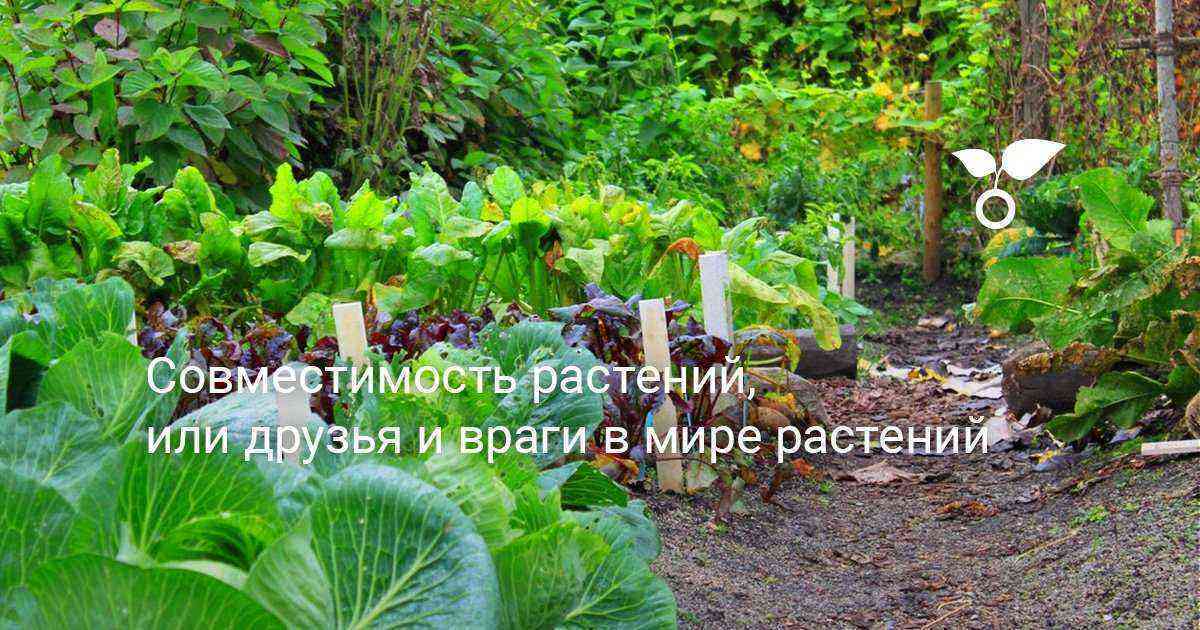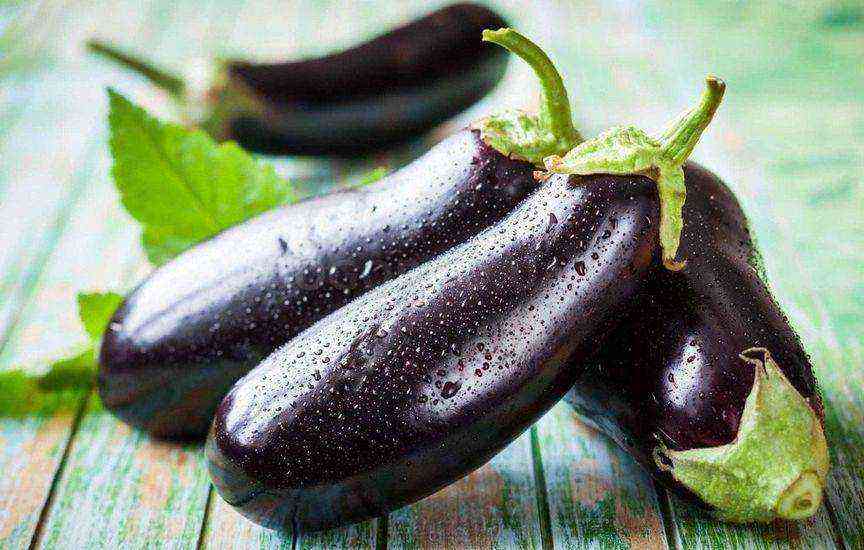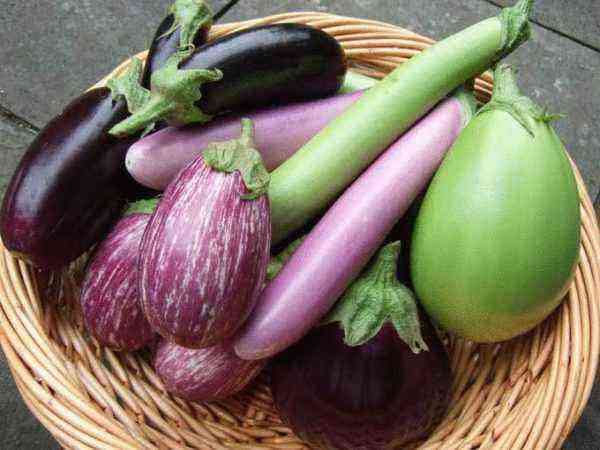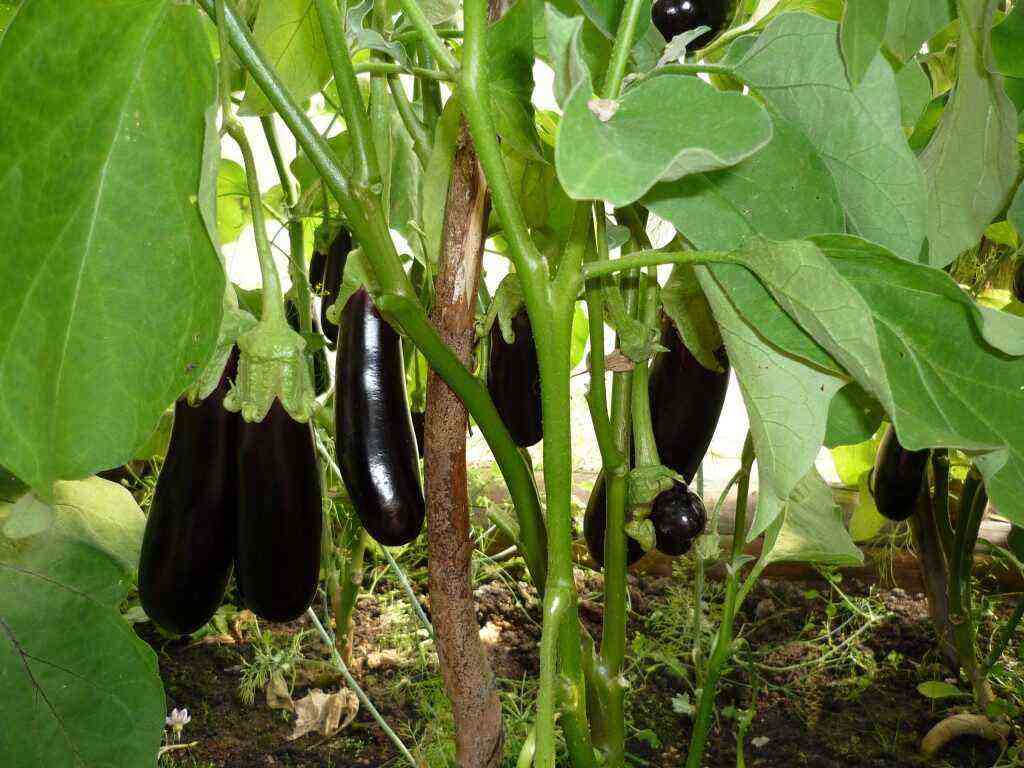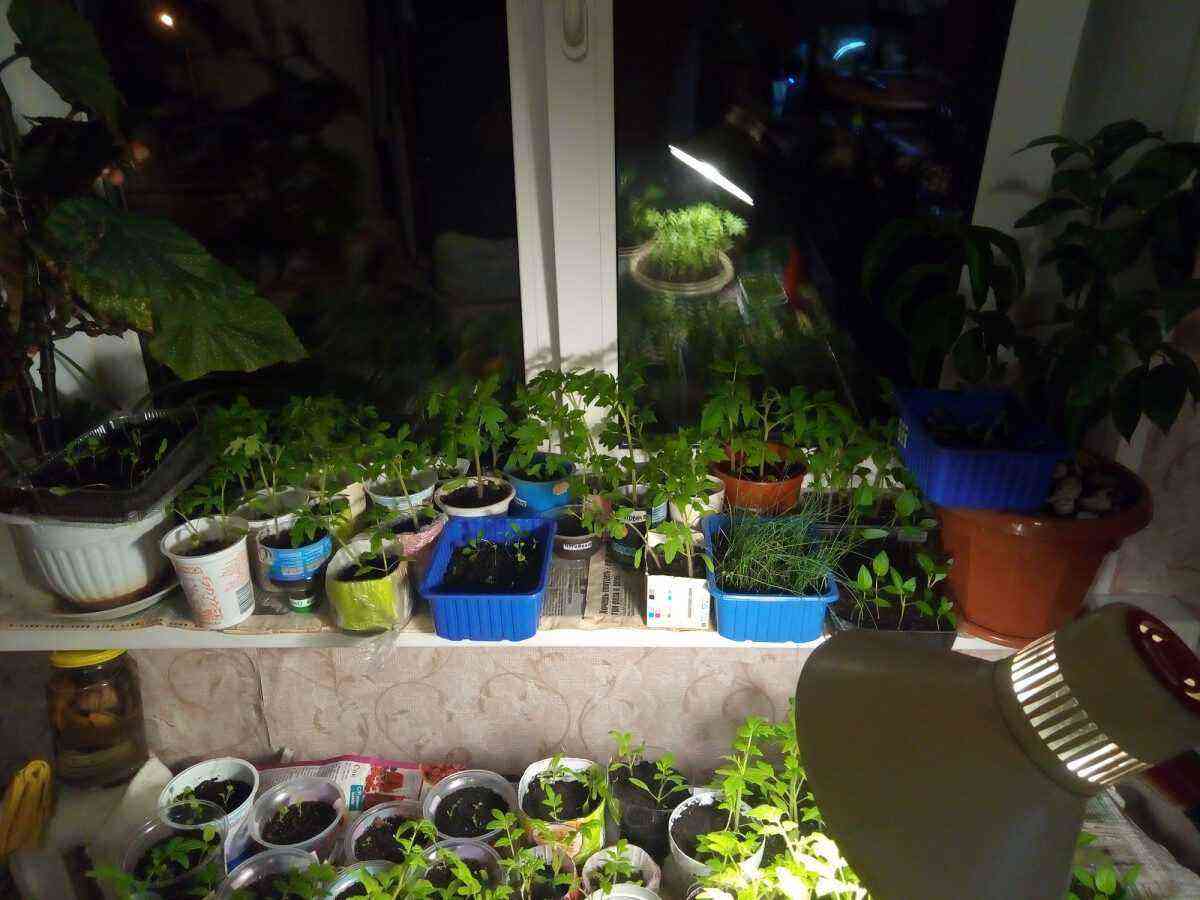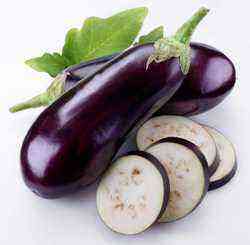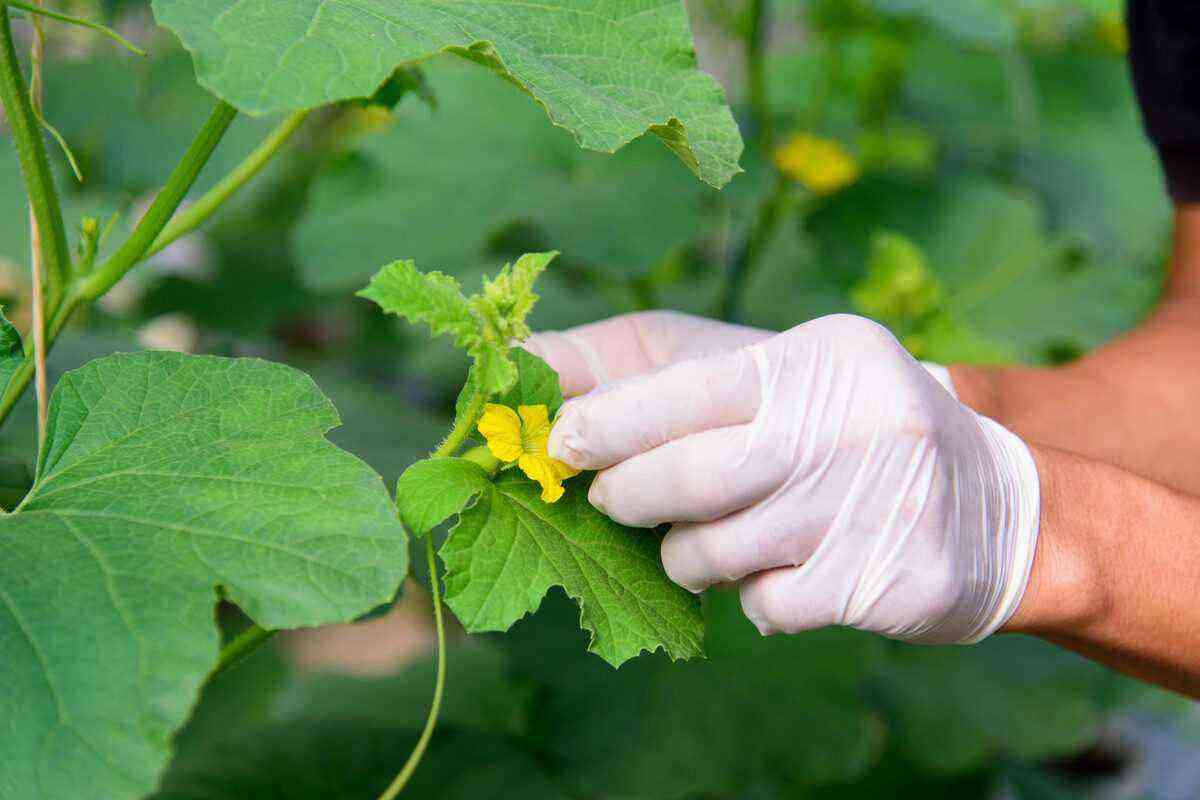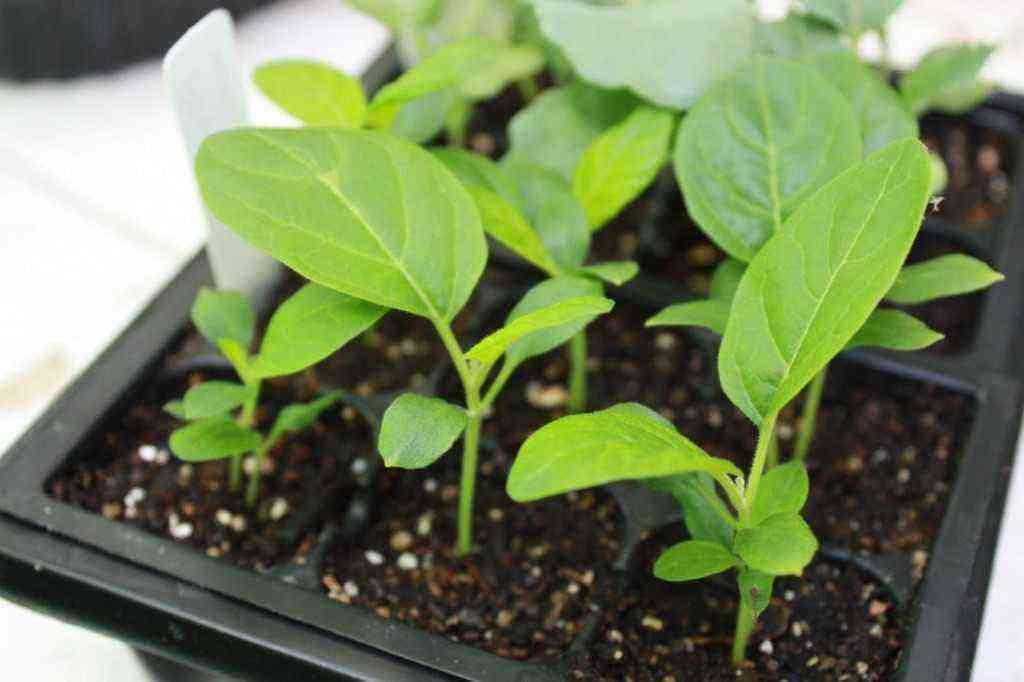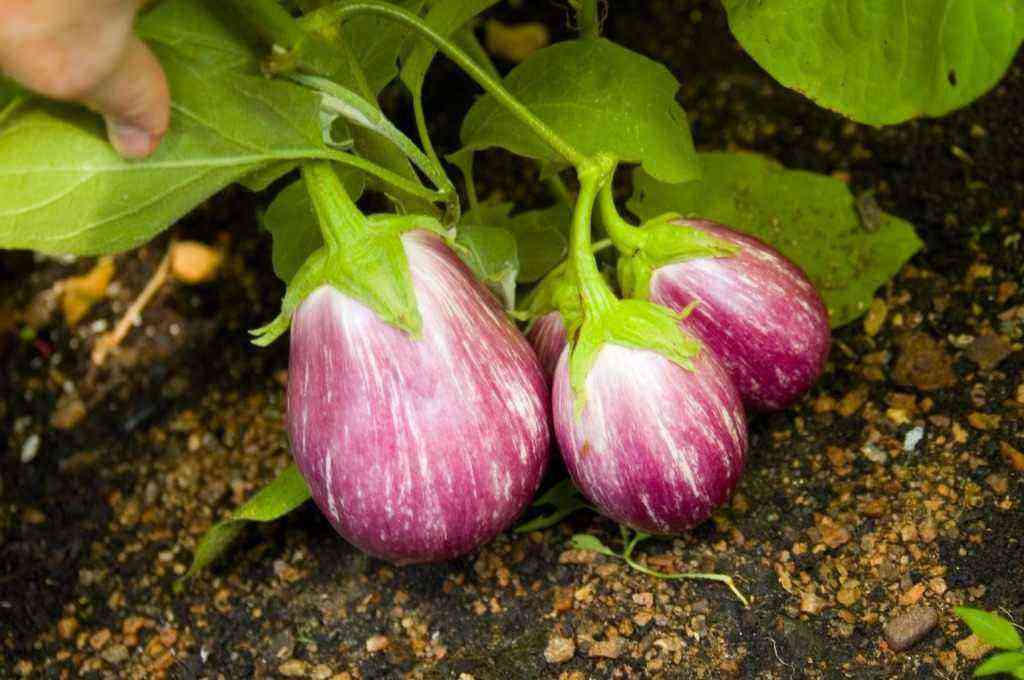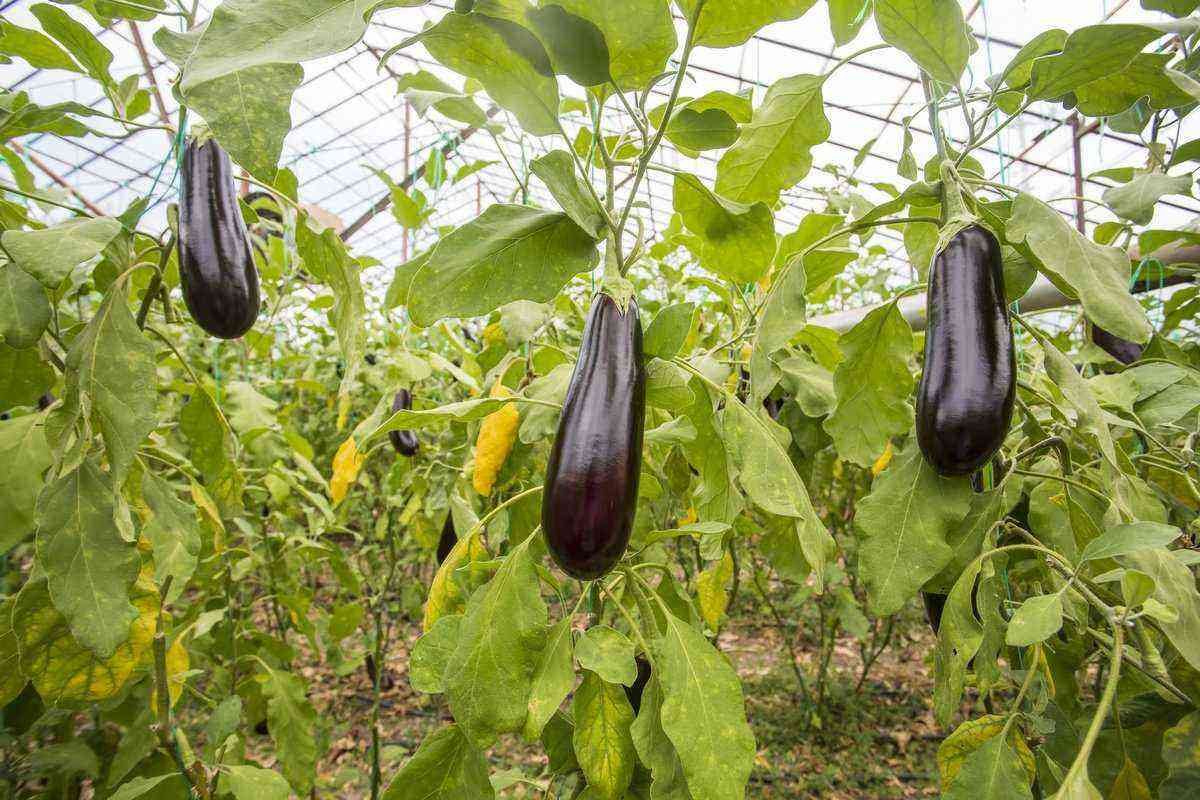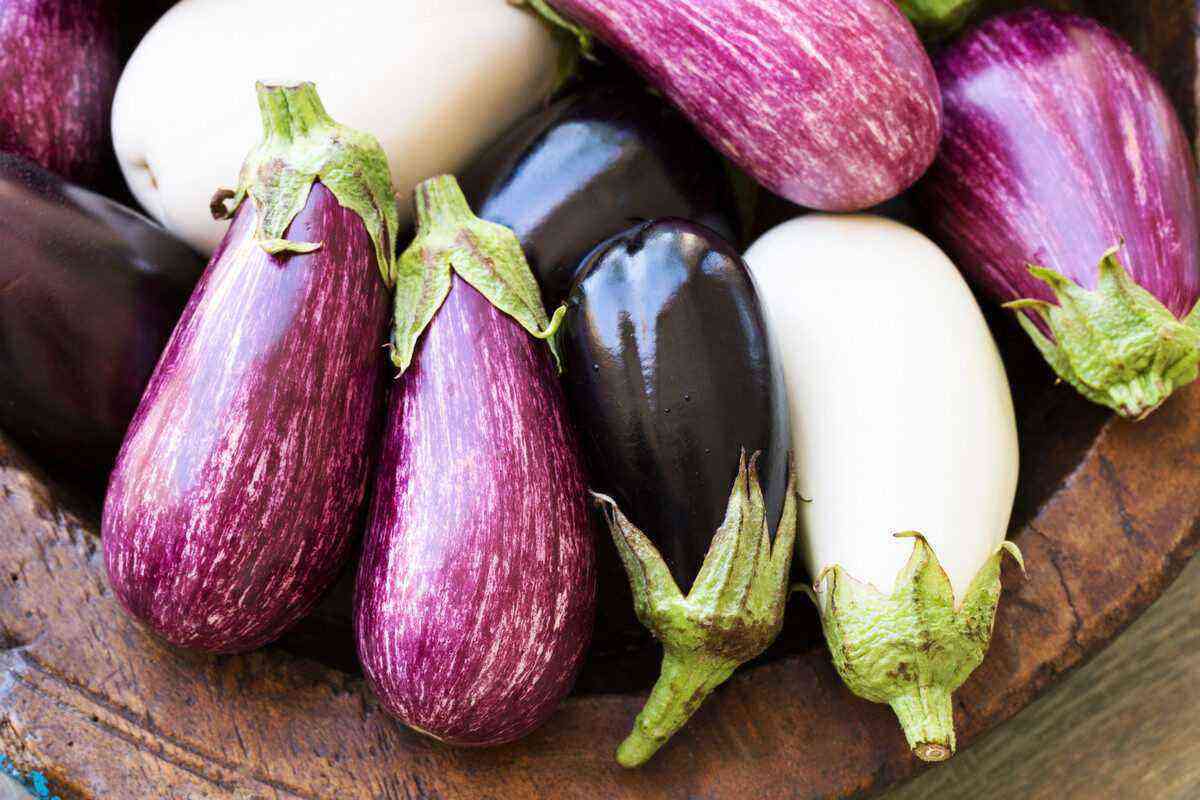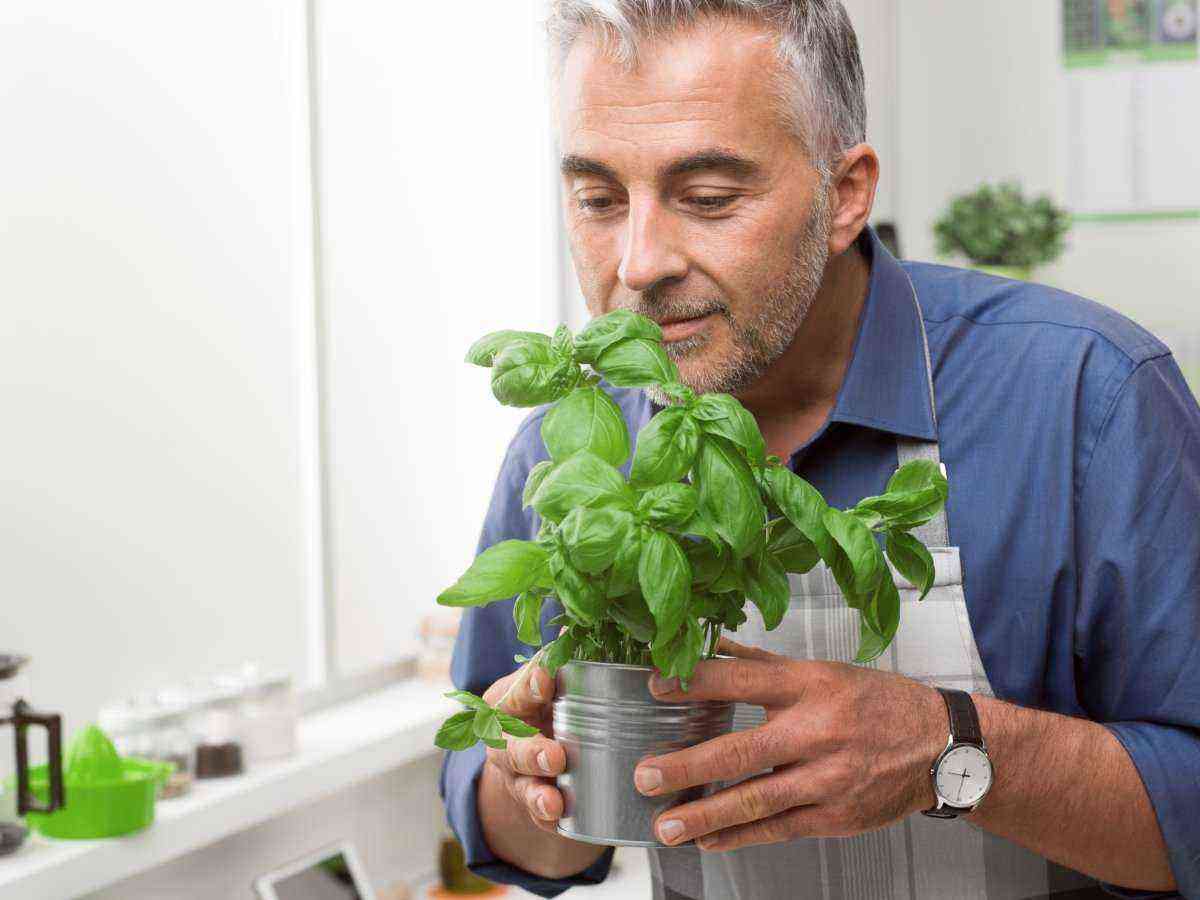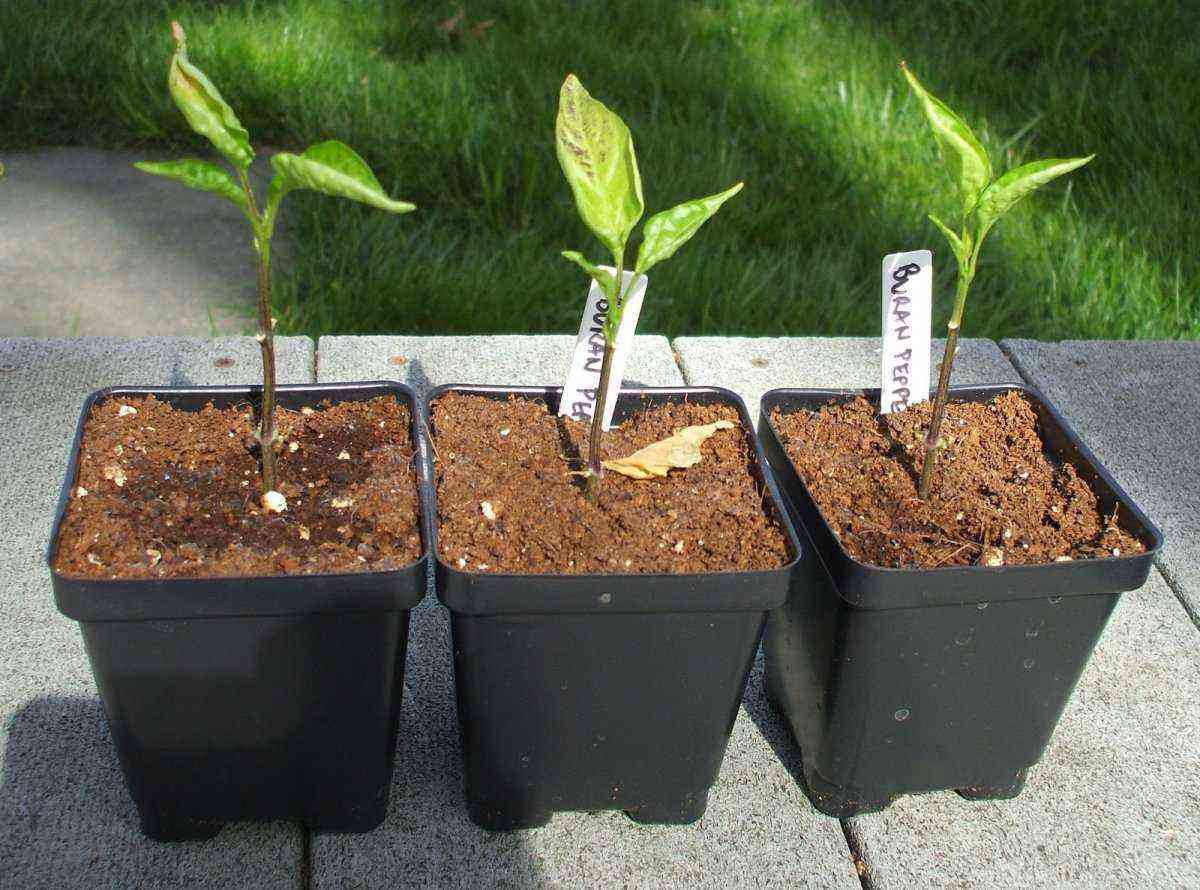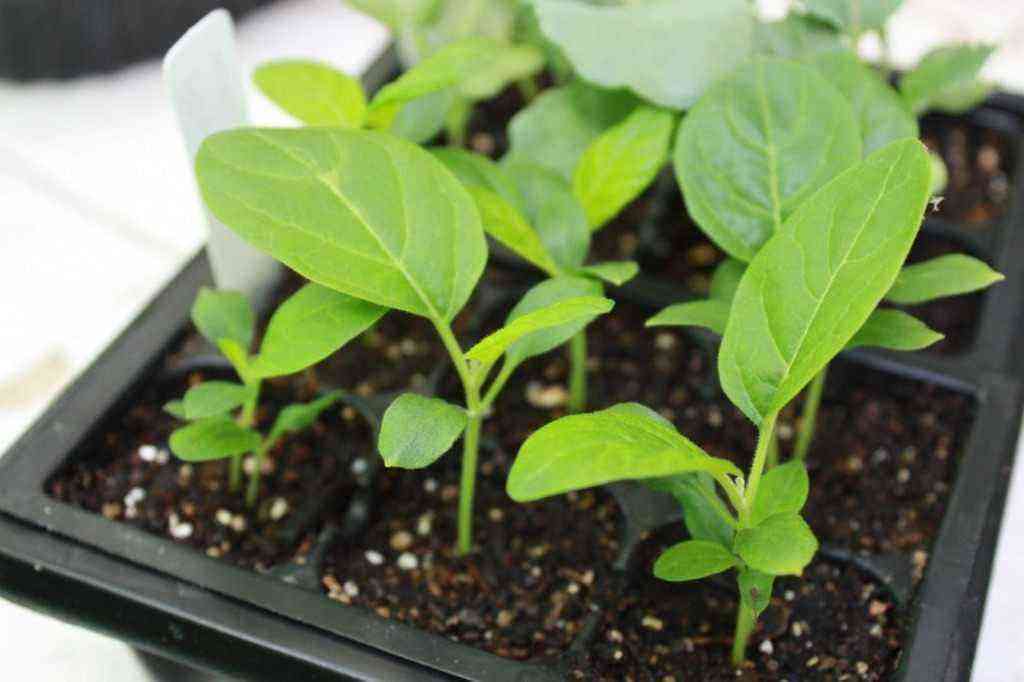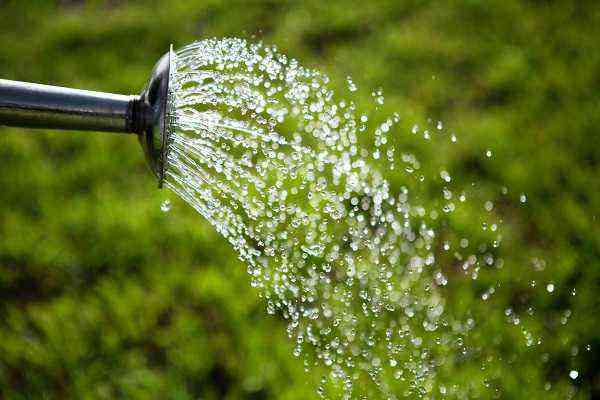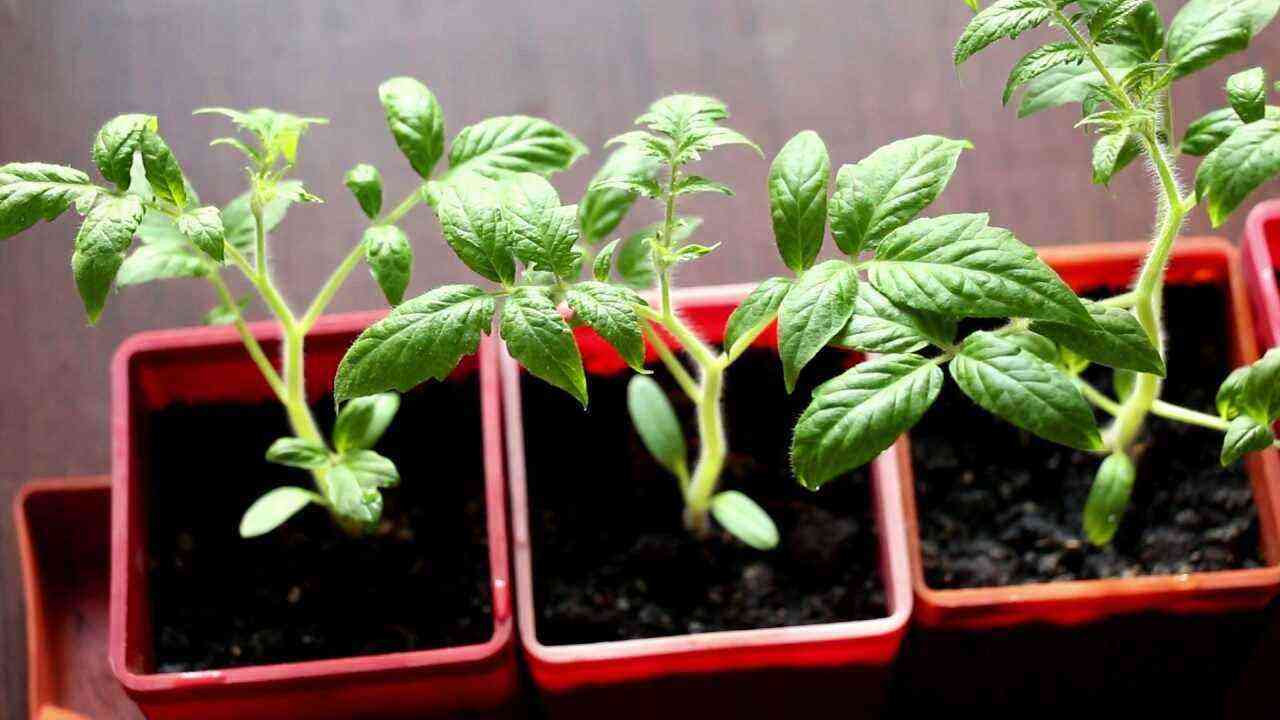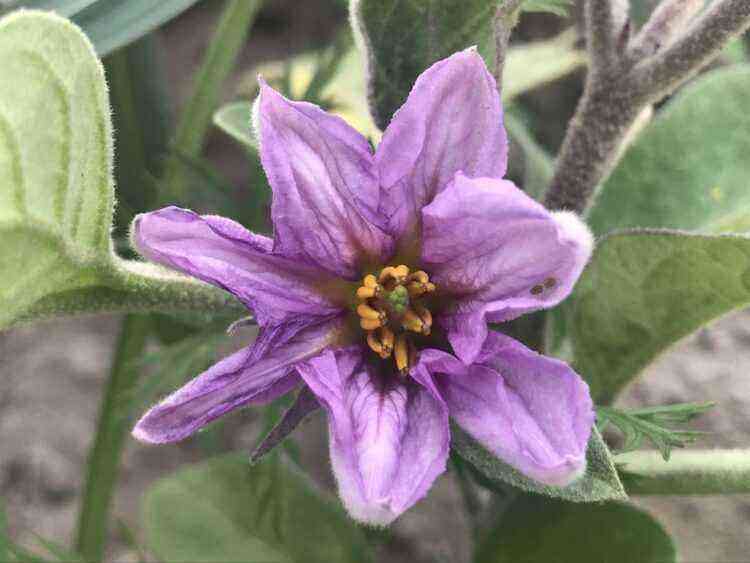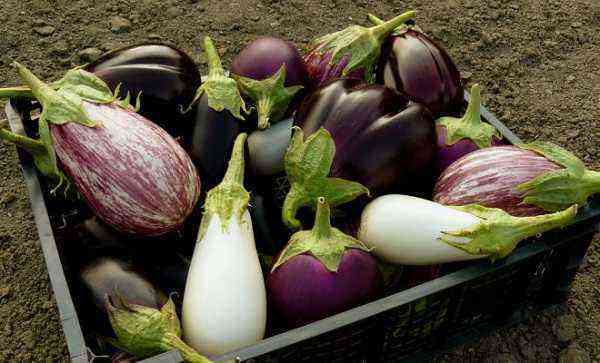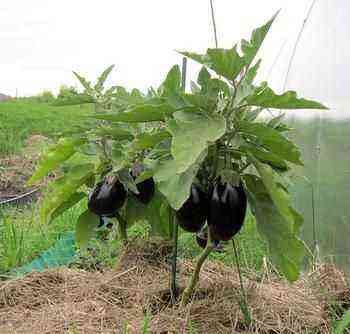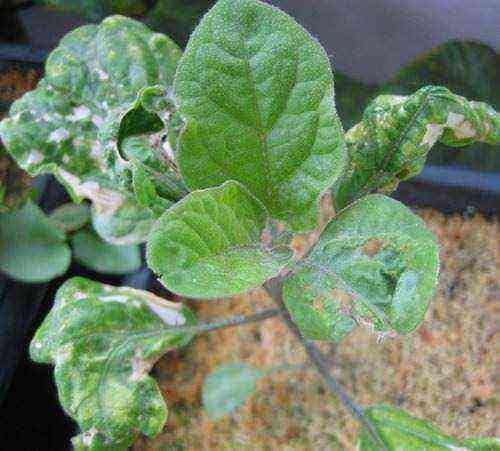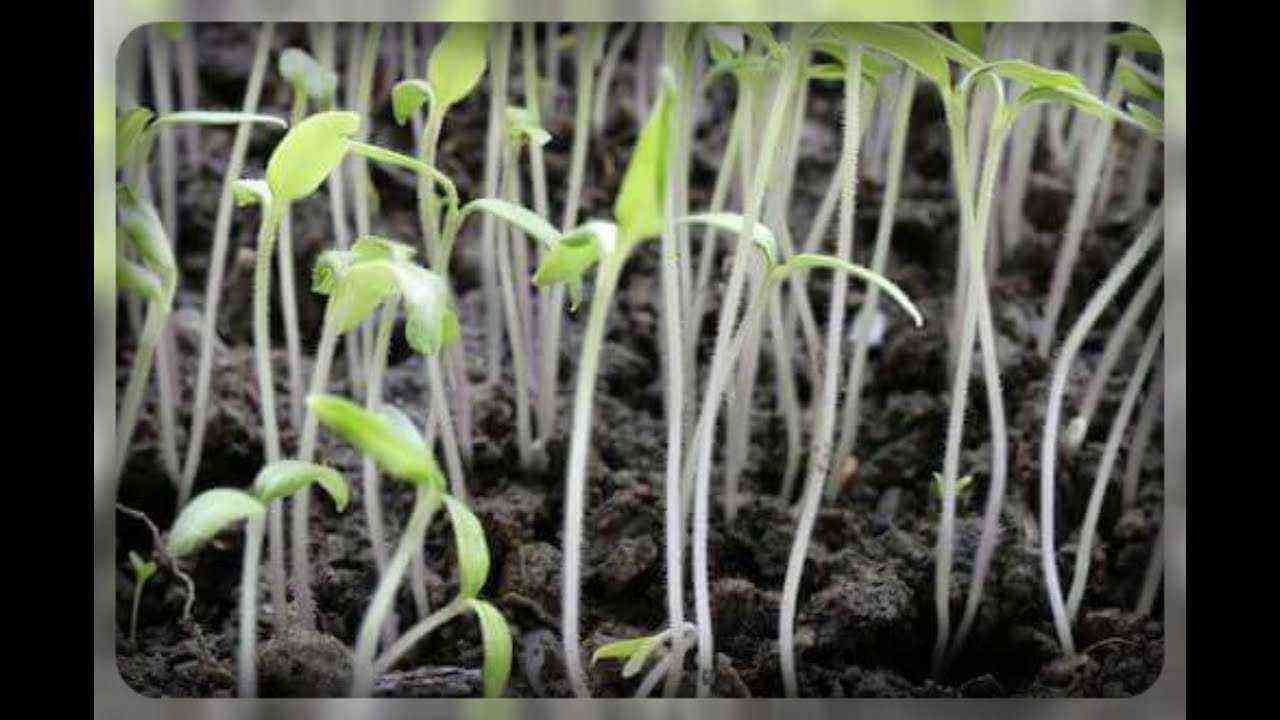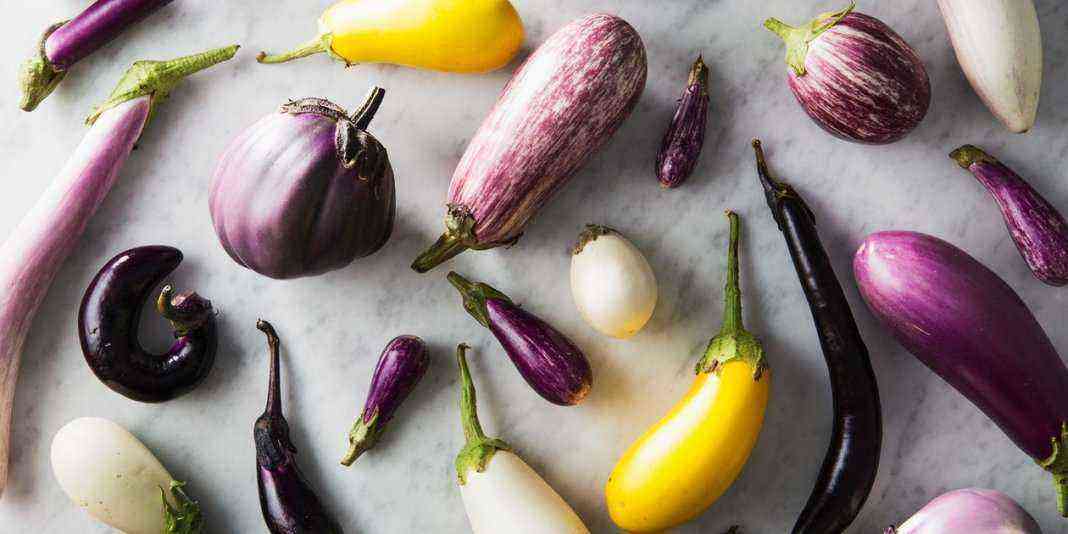Eggplants are tall, upright plants with wide, heart-shaped dark green leaves and large, bright fruits that create a special mood in the beds. And in the kitchen, they are a popular product for a wide variety of dishes: eggplants are fried, stewed and canned. Of course, growing a decent crop in the middle lane and to the north is not an easy task. But subject to the agrotechnical rules of cultivation, it is quite accessible even to a novice gardener. Especially if you grow eggplant in a greenhouse. We will talk about the agricultural technology of greenhouse eggplants in the article.
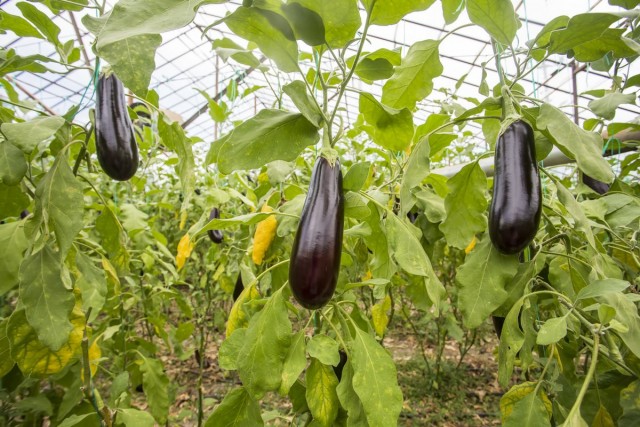 Eggplant in a greenhouse – growing rules and the best varieties
Eggplant in a greenhouse – growing rules and the best varieties
Contents:
Preparing the greenhouse for growing eggplant in autumn
It will be just fine (although not necessary) if you prepare greenhouse beds for growing eggplant in the fall. For this you need:
- remove all post-harvest residues from the beds and take them out of the greenhouse (burn, dig, lay for decay),
- abundant watering to provoke shoots of weeds.
And then, according to the state of the greenhouse soil, you can do differently:
if the soil is fertile enough, then, according to the filamentous shoots of weeds, it is necessary to disinfect the soil, for example, with a solution of copper sulfate, dig a shovel onto a bayonet and leave until spring.
if the soil is poor, then first they make the necessary organic and mineral fertilizers: per 1 sq. m area of 0,5 buckets of any organic matter (humus, biohumus), sprinkle (if necessary) soil with dolomite flour (50 g / sq. M), add mineral fertilizers (more conveniently 60 g / sq. m of nitrophoska). Then the soil is treated for disinfection with a solution of copper sulfate (3-4% solution is prepared in hot water). After a few days, the soil is dug up on a shovel bayonet and left until spring.
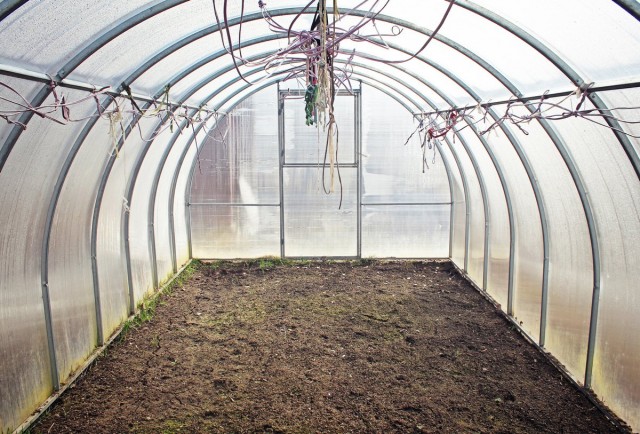 It will be just fine if you prepare greenhouse beds for growing eggplants since autumn
It will be just fine if you prepare greenhouse beds for growing eggplants since autumn
Spring soil preparation in the greenhouse for planting eggplant
If fertilizers were not applied in the fall and the soil was not prepared for planting eggplants, then in the spring 20-25 days before planting seedlings, humus and mineral fertilizers are introduced into the soil, based on 1 sq. m area: organics 4-5 kg, nitrophoska 50-60 g, magnesium sulfate 15-20 g (can be replaced with dolomite flour, 50 g).
Fertilizers are applied on a flat surface and the soil is dug up to a depth of 20 cm. Then watering is carried out. The prepared area is covered with a film and after 3 weeks seedlings are planted.
Attention! Spring soil preparation in the greenhouse for planting seedlings begins when the first true leaf appears on the seedlings of eggplant seedlings.
How to grow eggplant seedlings at home, see the article Growing eggplant seedlings.
Planting eggplant seedlings in a greenhouse
Eggplants have very tender roots. They are easily damaged during transplantation, which significantly lengthens the period of plant survival. The roots get the least damage when growing seedlings in seedling cassettes. If possible, it is most practical to plant seedlings grown in peat-humus or peat pots without extracting the plants.
Some gardeners advise carefully cutting the sides of the pot. You can remove the bottom, so the root will freely grow inward and not bend until the bottom of the peat pot rots in the soil.
Eggplants are heat-loving plants whose root system does not tolerate low temperatures. Therefore, before planting the plants, the soil in the greenhouse should warm up to a temperature of + 15 … + 16 ° С, and the air – up to + 18 … + 19 ° С, not lower.
Landing is best done in the morning or on cloudy days. If the conditions are different, then it is necessary to shade the planted plants, especially in the first 3-4 days after planting.
The soil before planting (2-3 days) must be leveled, watered to a wet (not wet) state. Watering is necessary, as eggplant roots are very tender and dry soil can damage them.
Eggplant bushes, even undersized, are quite voluminous, sprawling, so planting is carried out in one row (with a small area allotted for culture), leaving a distance between the bushes of 40-45 cm. If the area allows, you can thicken the planting by placing the bushes in 2 rows in staggered with a distance between rows of 50-60 cm, and in a row of 35-40-45 cm (depending on the type of bush).
Having chosen a planting scheme, prepare planting holes with a depth of 12-18 cm. A handful of wood ash is added to the hole, mixed with the soil. If the soil has not been fertilized, then you can fertilize the hole before planting. Pour into the well up to 1,0-1,5 liters of warm water (preferably a light solution of potassium permanganate).
Seedlings are planted together with a soil clod. Bare roots will certainly be damaged and the survival rate of such plants will take 10-15 days, which will subsequently affect the timing of an early harvest. The plant in the hole is gently crushed (without pressure), lightly watered again from above. Planting is mulched with fine dry humus, high-moor peat, sawdust 2-3 years old or other mulching material.
Attention! The emergence of a new leaf on a planted bush testifies to the survival of the plant.
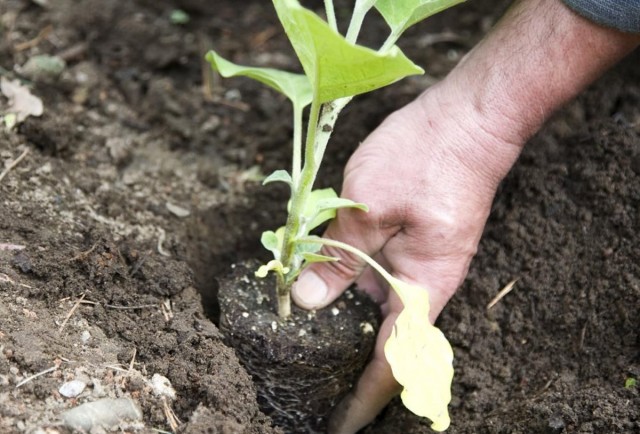 Eggplant seedlings are planted along with a soil clod. © To do info
Eggplant seedlings are planted along with a soil clod. © To do info
Eggplant care in the greenhouse
It is better to grow eggplants in a greenhouse separately from other crops or arrange them so that it is possible to create the necessary temperature conditions and provide sufficient soil and air humidity, additional lighting on cloudy days.
Air temperature and humidity regime
For eggplant, the average daily air temperature is within + 24 … + 28 ° С. Varieties resistant to temperature changes develop well and bear fruit at a temperature of + 18 … + 24 ° С. A higher temperature causes the flowers to fall off and a decrease in setting, and a lower one (especially a decrease to +13 … + 15 ° С) stops the growth of plants. Reduce the temperature by airing or watering the paths with cold water, shading the sunny side.
The optimum air humidity ranges from 60-70%. During the fruiting period, it is advisable to reduce the air humidity to 60% in order to protect overgrown bushes from fungal diseases that need high humidity.
Watering
Remember! Plants are watered only under the root, so that the leaves remain dry. Contact with water on the leaves causes damage to them.
Plants need to adapt to new conditions, so the first watering is carried out no earlier than 4-5 days later.
Watering is carried out only with warm (+ 25 ° C) water, otherwise the beginning of flowering is delayed up to 10 days.
Lack of water (even short-term) causes the ovaries to fall off and plants to stop growing. Soil moisture, especially during the fruiting period, should be maintained at 75-80%. During fruiting, watering is carried out every 3-4 days.
Watering is carried out in the morning, then the soil is necessarily mulched, and the room is ventilated so that greenhouse fog with high humidity and a drop does not form. Ventilation must be free of drafts. The rate of watering depends on the condition of the soil. Water should wet the top (20-25 cm) layer of soil.
The next watering is prescribed when the soil dries up in the upper 3-5 cm layer (phalanx of the index finger) or once a week (before fruiting). At high temperatures and bright sunny days outside the greenhouse, the frequency of watering indoors is increased.
 Eggplants are watered only under the root so that the leaves remain dry. © Insteading
Eggplants are watered only under the root so that the leaves remain dry. © Insteading
Feeding
Eggplants spend a lot of nutrients on the formation of fruits, so top dressing is mandatory, and they are carried out, depending on the fertility of the soil, 3-5 times per season.
Usually top dressing is “timed” for the post-watering period (one day after watering). The first top dressing is carried out after 2 weeks, when the accustomed root system can fully supply the plants with the necessary nutrients. It is better to carry it out with a water-soluble complete fertilizer – “Mortar”, “Kemira” at a dose of 30-40 g / 10 l of water.
In the second top dressing (plant growth), you can prepare an extract from organic fertilizers. On a bucket of water 2-3 kg of cow manure or bird droppings, insist 3-4 days. Dilute the mother liquor in 10-15 liters of water and pour 1,0-1,5 liters under each bush. You can add a handful of wood ash under the bush (there are a lot of trace elements in it).
In the next top dressing (beginning of flowering), plants need nitrogen-phosphorus fertilizer. You can prepare a mixture of ammonium nitrate and superphosphate in a ratio of 2: 1 and add a teaspoon with a top under the bush or 45-50 g of the mixture per square meter. m. In order not to bother with the preparation of the mixture, you can use diammophos or nitrophos for feeding.
In the same period, to improve flowering, foliar top dressing with boric acid can be carried out at the rate of 1 g of acid per 5 liters of hot water. Cool the solution and sprinkle the plants.
With the onset of fruiting, plants need phosphorus-potassium supplements (a mixture of potassium nitrate and superphosphate). The mixture can be replaced with nitrofoska top dressing, the norm is 45-50 g / sq. m. If fruiting is long, then top dressing with a nitrophosphate or nitrogen-phosphorus mixture is repeated. Additional wood ash is added.
Huge plants require enhanced nutrition, so every 2-3 weeks they also carry out foliar feeding (after watering) with solutions of trace elements, infusions of fermented green herbs.
Currently, the fertilizer market offers new forms and combinations of nutrients in complex complex fertilizers. When using these forms to fertilize the crop, remember that in order for the crop to grow, and not the vegetative mass, nitrogen fertilizers should not prevail in fertilizers when fertilizing.
Loosening
Loosening when caring for eggplants does a double job: they destroy weeds and soil crust and increase oxygen access to the roots. Loosen the soil to a depth of 4-5 cm, so as not to damage the roots close to the surface of the soil.
It is better to use row loosening or hilling (raking up finely loosened soil to plants). The soil is loosened, depending on the moisture level of its upper layer, usually 2-3 days after watering.
Garter and pinching plants
For eggplants in greenhouse conditions, it is more practical to grow low-growing varieties and hybrids. They do not require a garter, in which fragile stems often break off. It is better to leave 2-3 strong shoots on the main stem.
Pasynkovanie for eggplant is not necessary. There is no need to injure the plants once again. If necessary, remove the lower non-fruiting stepchildren and side shoots (up to the first bud), which, when growing, make it difficult to form the first flowers.
Toward the end of the season, emerging flowers and ovaries are removed from the upper branches and the tops of the shoots are pinched. In this case, nutrients will be directed to increase the mass of already growing fruits. It is best to leave 5-7 ovaries on one bush. The fruits will be larger.
With a weak set of fruits, artificial pollination is used. The pollen of an opening flower is transferred with a soft brush from a yellow anther to the stigma of the pistil of another flower. If you are not sure of success, then it is more practical to shake the plants slightly in the morning. Eggplant pollen is heavy and scatters no more than 1 m, so this technique will contribute to a more complete pollination.
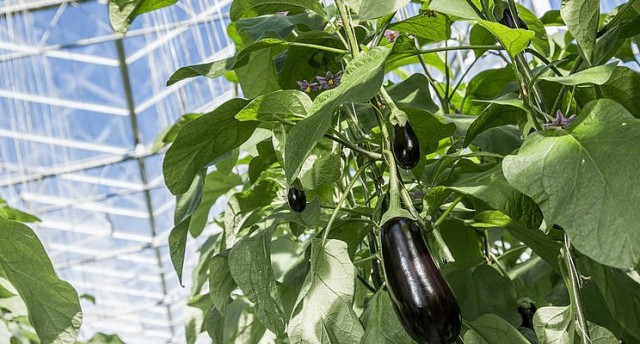 Toward the end of the season, emerging flowers and ovaries are removed from the upper branches of eggplants and pinch the tops of the shoots. © Greenspec
Toward the end of the season, emerging flowers and ovaries are removed from the upper branches of eggplants and pinch the tops of the shoots. © Greenspec
Protection against pests and diseases
Proper and complete preparation of the greenhouse for wintering, its disinfection will drastically reduce the level of damage to plants by diseases and pests.
Read our detailed material Preparing the greenhouse for the next season. Disease prevention.
On eggplant, the fight against diseases and pests is difficult. This is a culture of repeated harvesting, which takes a long time. It is forbidden to use chemical means of protection on such crops.
It is possible to really reduce the level of damage to plants by diseases and pests by carefully fulfilling the requirements of agricultural technology and using biological agents during the growing season. Currently, biological preparations are entering the market for protective agents that protect plants well from voracious pests and rapidly spreading diseases, and at the same time do not adversely affect human and animal health.
The most common eggplant diseases are late blight, anthracnose, rot, verticillium wilt. Of the biological preparations during the growing season, eggplants can be processed in 10-12-15 days throughout the season with biological preparations in tank mixtures using Planriz, Gliocladin, Gamair, Fitosporiin, Alirin-B, Baktofit and etc.
When using biological products, it is necessary to comply with the requirements of the recommendations. Otherwise, the positive effect may not appear.
The main eggplant pests in the greenhouse – whiteflies, aphids and ants, thrips, spider mites – are also destroyed by biological products. The most common are Bitoxibacillin, Fitoverm, Lepidocid, Basamil and others. » show greater efficiency in the early phases of eggplant development.
Read our detailed article Protecting eggplant from diseases and pests.
Which eggplants are suitable for growing in a greenhouse?
According to the habit of the bush Eggplants are divided into 3 groups: undersized, medium and tall. For a greenhouse or a tall greenhouse with temporary shelter, it is better to choose medium-sized or undersized varieties. But keep in mind that undersized ones form a smaller crop. Tall ones are less suitable for greenhouses, as they occupy a large area and are best grown in open ground.
By maturity in greenhouse conditions, it is more expedient to grow early and mid-early varieties, the technical fruiting of which begins in 90-110 days.
According to fruit quality the optimum is a variety or hybrid that is resistant to temperature fluctuations (which is important if the greenhouse is not heated), resistant to a complex of diseases, has good taste, and forms a high yield.
Recently, experienced gardeners have given preference to hybrids. They are more resistant to temperature extremes, diseases and pests. Hybrids are more productive (especially tall ones), but in terms of fruit taste they are inferior to varieties (pulp density, its aroma, taste, etc.).
For details on eggplant varieties and hybrids, see the article The Best New Eggplant Varieties and Hybrids for Greenhouses and Open Ground.
Below are varieties and hybrids that I grow (or grew) myself. I selected varieties and hybrids so that I could get a harvest in any summer weather.
 Eggplant “Black Beauty”. ©
Eggplant “Black Beauty”. © Eggplant “Matrosik”. © AgroRU
Eggplant “Matrosik”. © AgroRU Eggplant “Balagur”. ©
Eggplant “Balagur”. ©
The best varieties of eggplant for the greenhouse
Eggplant “Black Beauty” – mid-season, compact bush. Does not require high temperatures for growth and development. Differs in the arrangement of fruits in the lower part of the bush weighing 200-250 g. It ripens to technical ripeness in low light in 110-115 days. The fruits are oblong-cylindrical in shape, the color of the peel is from dark purple to black glossy. The pulp is tender, medium density with a pleasant taste, light green hue. Disease resistant. It is used for cooking all kinds of dishes and canning.
Eggplant “Matrosik” – for lovers of the exotic. Medium early variety. High (up to 1 m). The yield is average (up to 8 kg / sq. M). The fruits are typical in shape for eggplants, weighing up to 500 g. The main color of the peel is light or dark lilac with a white stripe. The pulp is tender, the aftertaste is pleasant, without bitterness. It can also be eaten raw. The use is universal.
Eggplant “Balagur” — variety of Russian selection. Interesting arrangement of fruits. On each inflorescence, a brush is formed of 3-7 small fruits (50-130 g). Fruiting is very early, no more than 6-7 kg per sq. m. The first fruits in technical ripeness are removed after 80-85 days. The color of the peel of the fruit is lilac, saturated, with a transition to light lilac. The shape is often teardrop-shaped, but can also be oblong oval. The taste of the pulp is pleasant, very tender. Resistant to tobacco mosaic and rot.
 Eggplant “Marzipan” F1. © RusskijOgorod
Eggplant “Marzipan” F1. © RusskijOgorod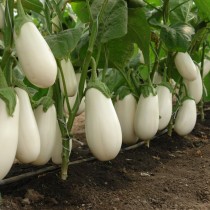 Eggplant “Bibo” F1. © Nikitovka Seeds
Eggplant “Bibo” F1. © Nikitovka Seeds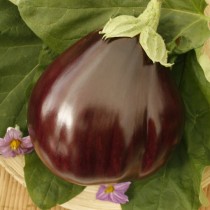 Eggplant “Bull’s Heart” F1
Eggplant “Bull’s Heart” F1
The best eggplant hybrids for greenhouses
Eggplant “Marzipan” F1 — early, compact bush. The hybrid is very productive. The fruits are round, bright purple. The pulp is very tender, has a pleasant sweetish-fresh taste, without bitterness. It is used for cooking dishes from fresh fruits and canning.
Eggplant “Bagheera” F1 — early, bush compact, undersized. High yielding hybrid. Forms up to 12 kg of fruits from 1 sq. m. Skoroplodny, the fruits of technical ripeness are ready in 100-110 days. The weight of the fruit is from 250 to 350 g, the shape is oval-oblong, the color is purple dark, the flesh is greenish-white, without bitterness. Practically does not get sick. It tolerates transportation and storage well. “Bagheera” can be grown in small containers on windowsills and stands.
Eggplant “Bull’s Heart” F1 — mid-season (technical ripeness of fruits occurs on the 110th day). The fruits are very large. The weight of the fruit is more than 500 g, the skin color is purple, shiny. The pulp is white, dense, without bitterness. Fruits are stored up to 2 weeks. Used to prepare dishes from fresh fruits and eggplant caviar.
Eggplant “Fabina” F1 – ultra-early, semi-spreading stunted bush. Resistant to verticillosis and other diseases, little damaged by spider mites. The fruits are elongated dark purple, with a glossy sheen, weighing 120-150 g, have a pronounced mushroom taste. Fruits have a long shelf life without loss of presentation and quality. Used for various dishes from fresh fruits and for fermentation.
Eggplant “Bibo” F1 – for lovers of the exotic. Hybrid of the Dutch selection. In terms of maturation, it is from medium early to medium. Tall (1 or more m). High yielding. The peel of the fruit is white, the shape is typical for eggplant. Pulp without bitterness, white, tender, soft in texture, delicious in taste, with a pleasant aftertaste. Resistant to pests, Fusarium and viruses.
Eggplant “Purple Miracle” F1 – a hybrid that is not susceptible to the duration of daylight hours throughout the growing season. Early maturing, undersized. Possesses complex resistance to diseases and pests. The yield is average. Fruits weighing up to 200 g, elongated like a spindle, the peel is dark purple in color, shiny. Pulp of medium density, without bitterness. Used for any kind of processing, including fermentation.
Dear reader! You are offered an article based on your own many years of experience in growing eggplants in protected ground. Add it with your experience in the comments, we will be happy to communicate.
